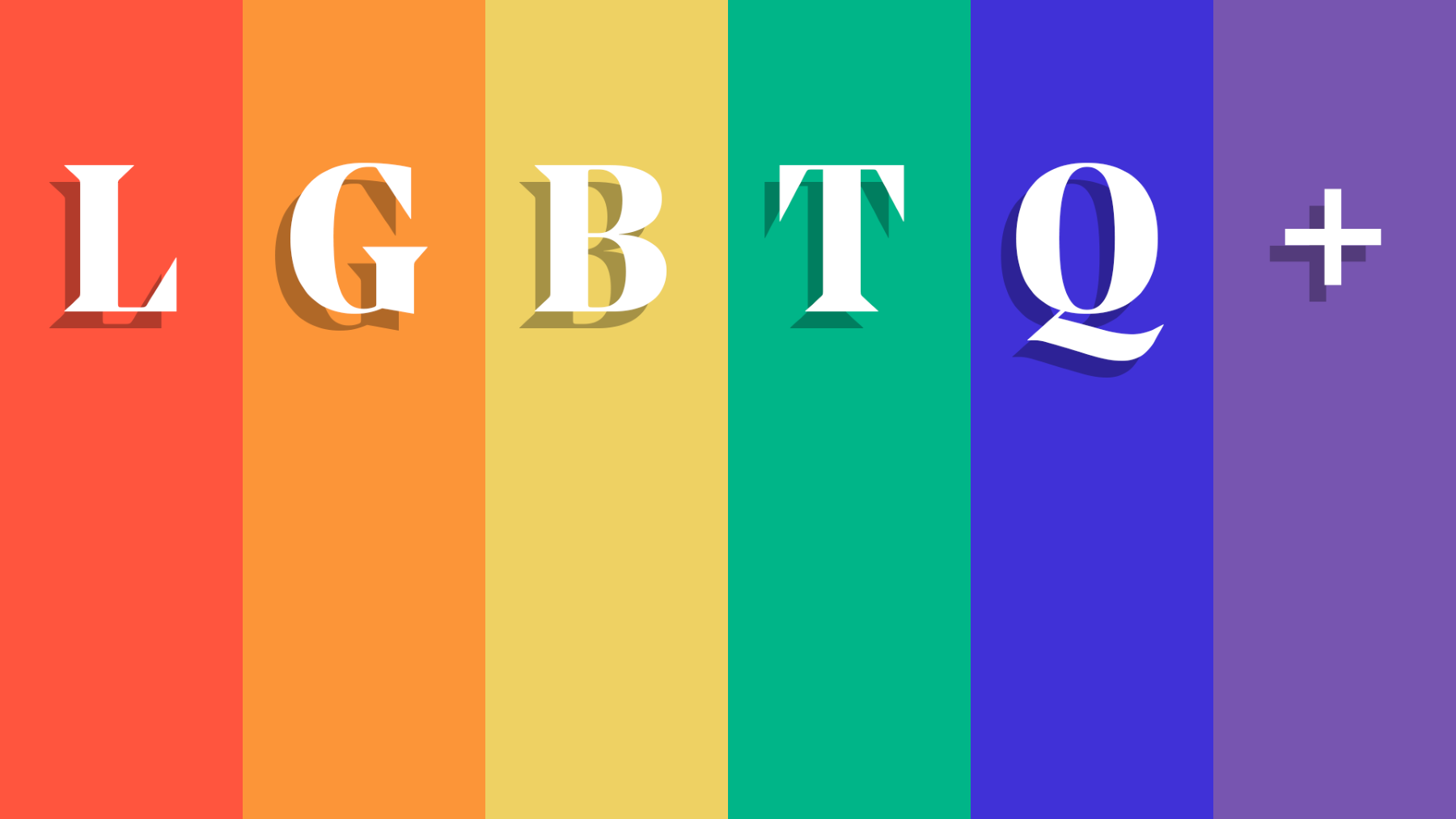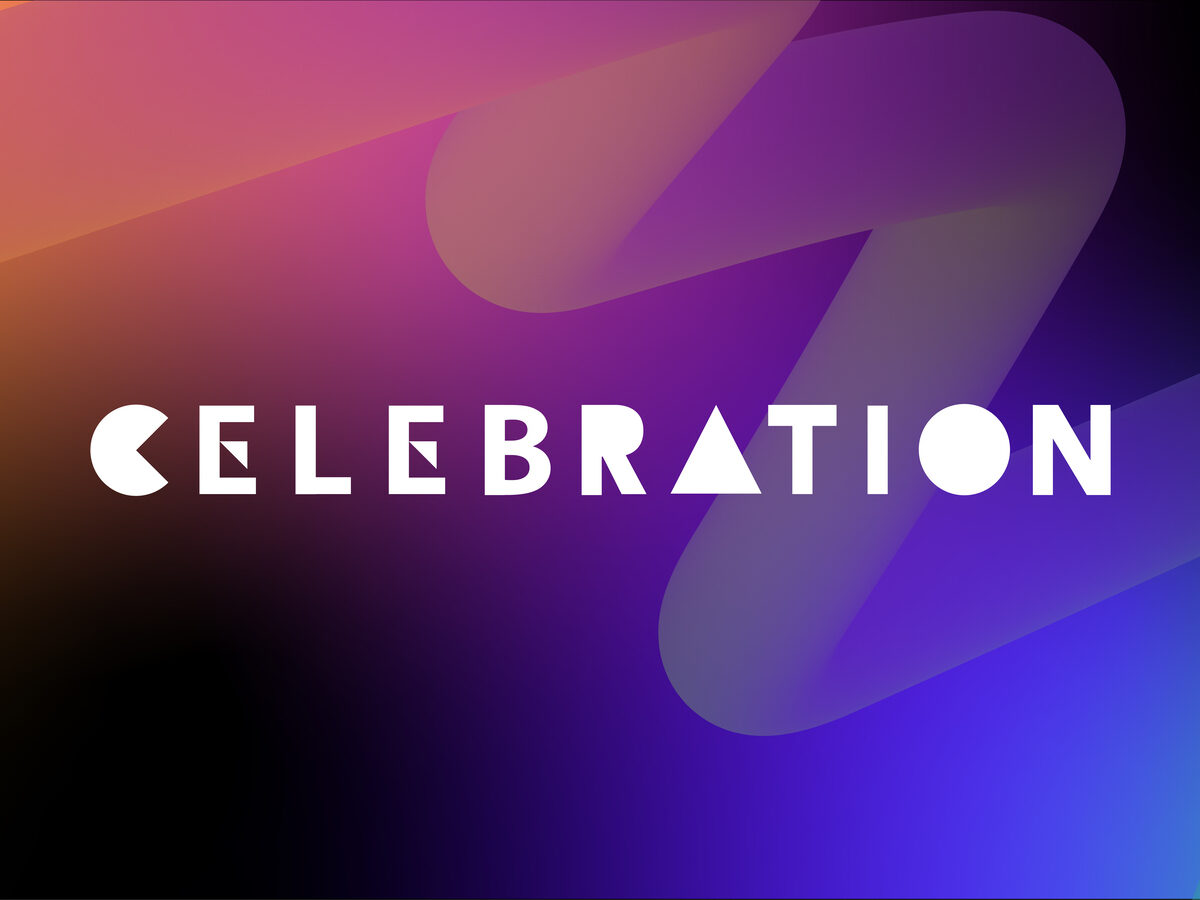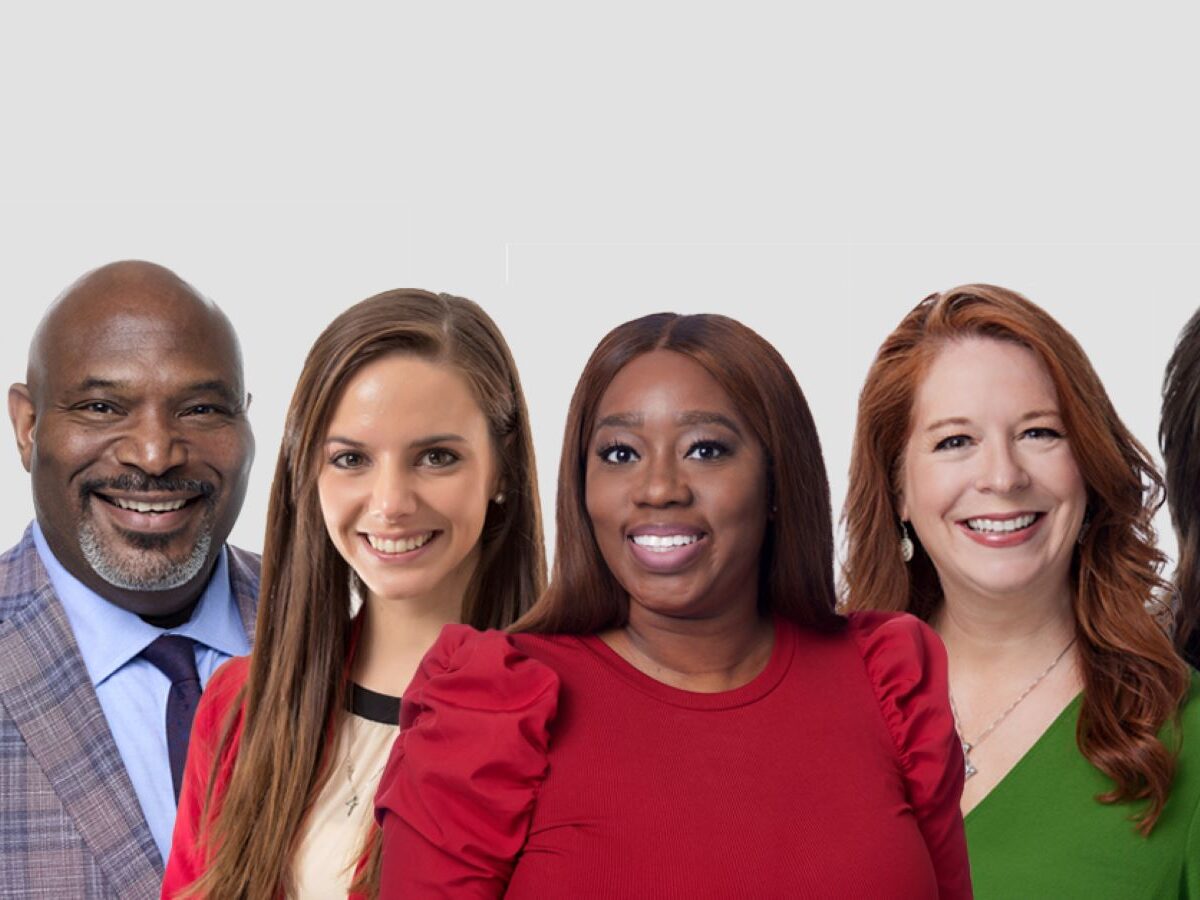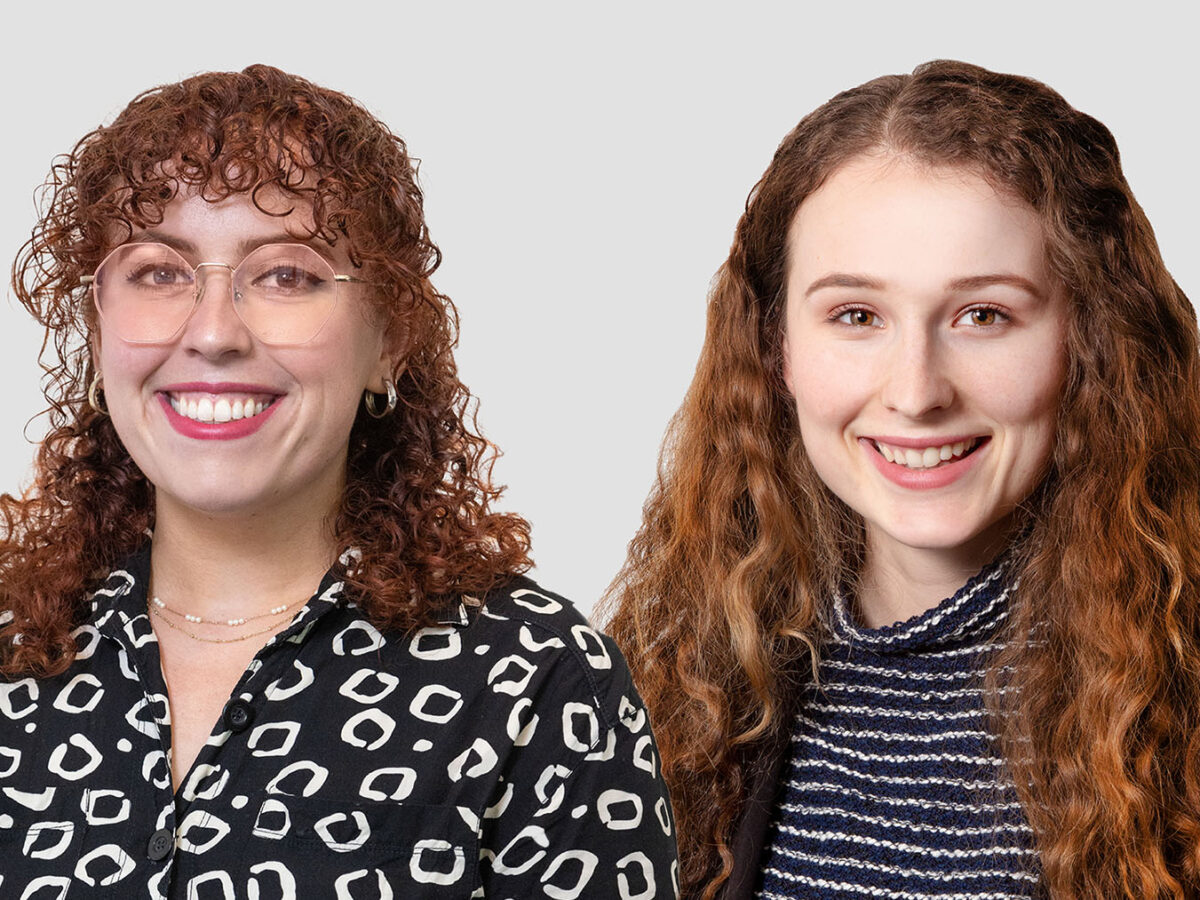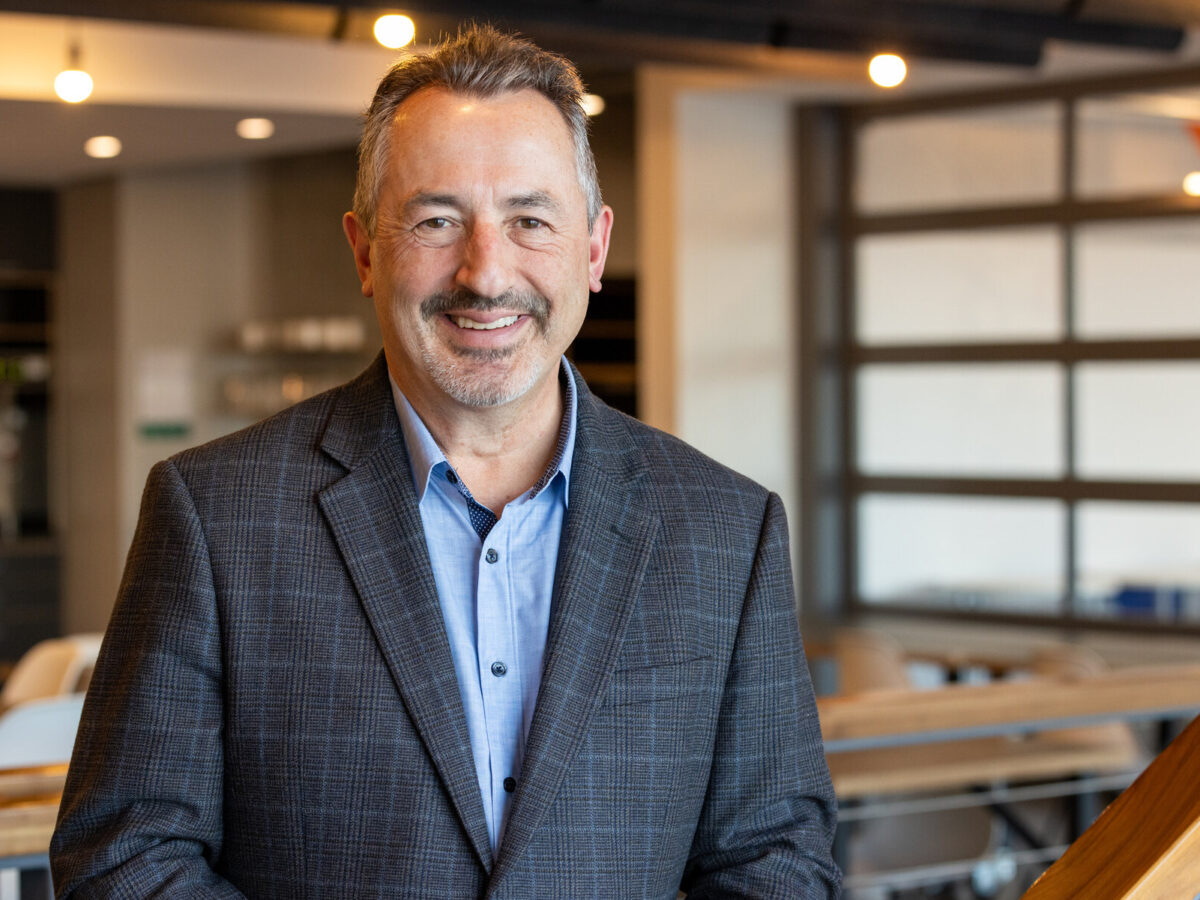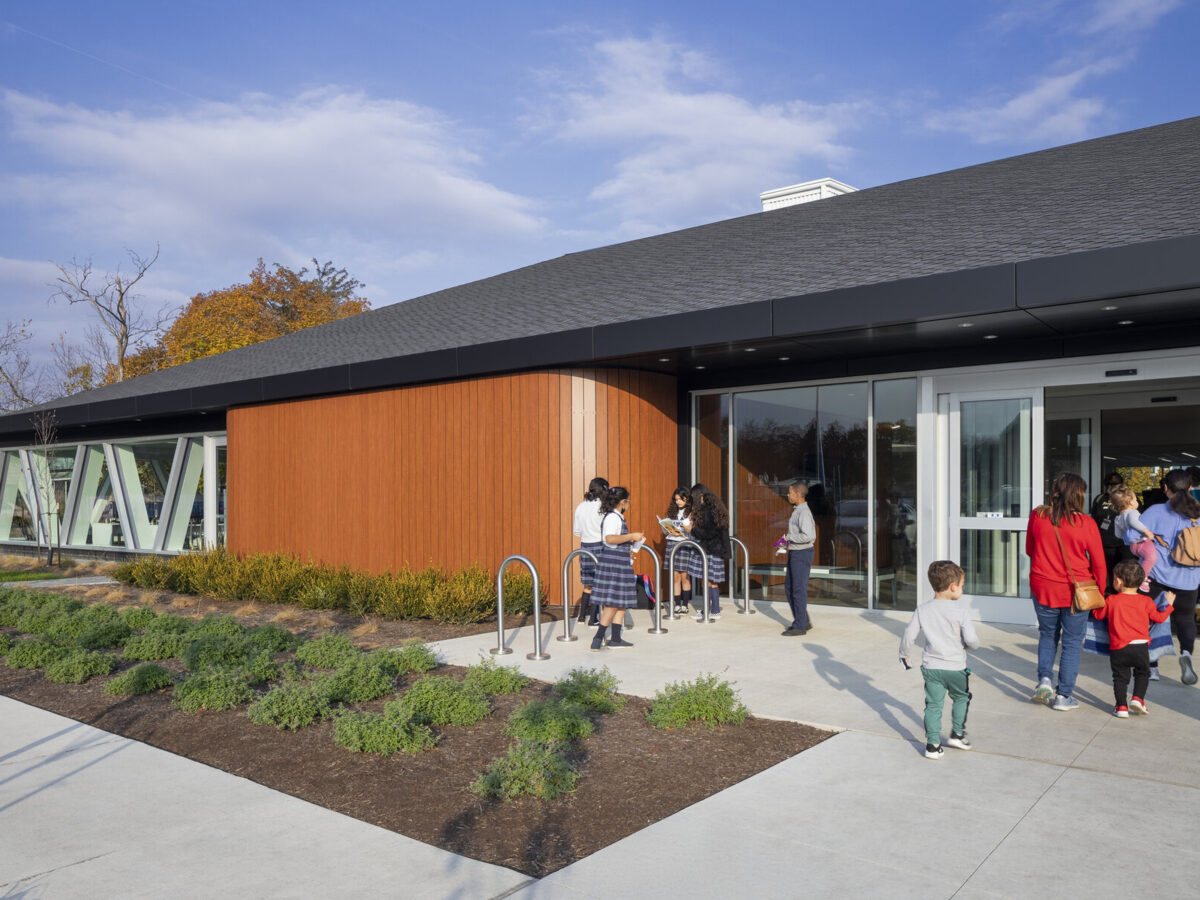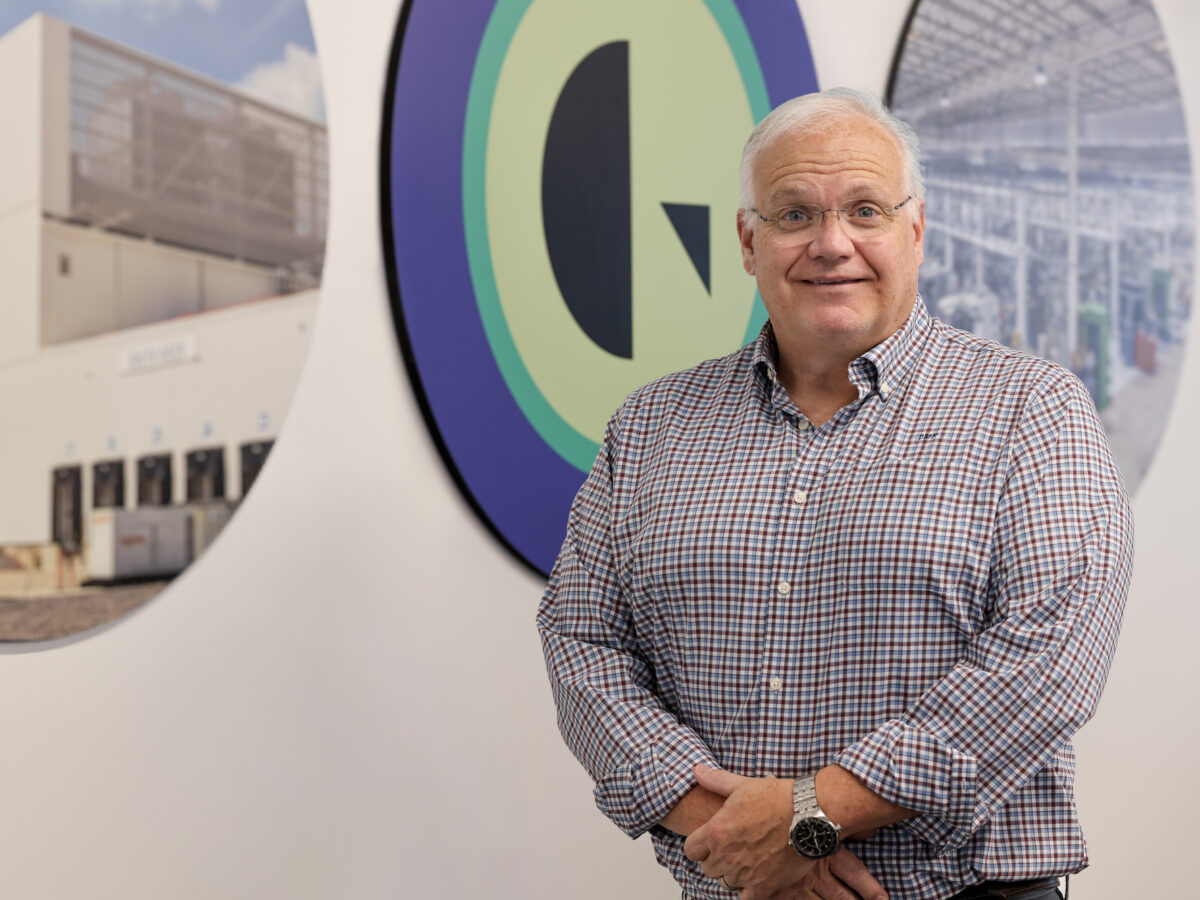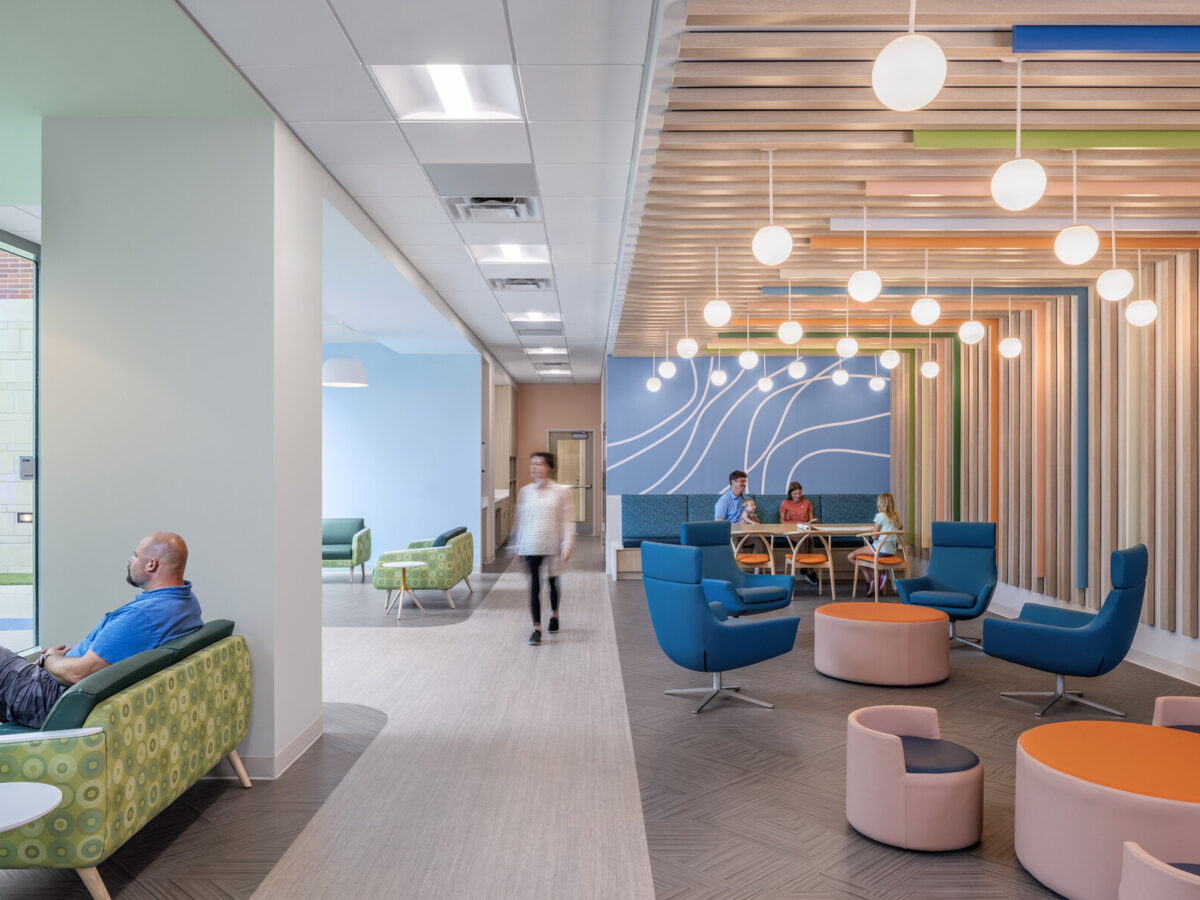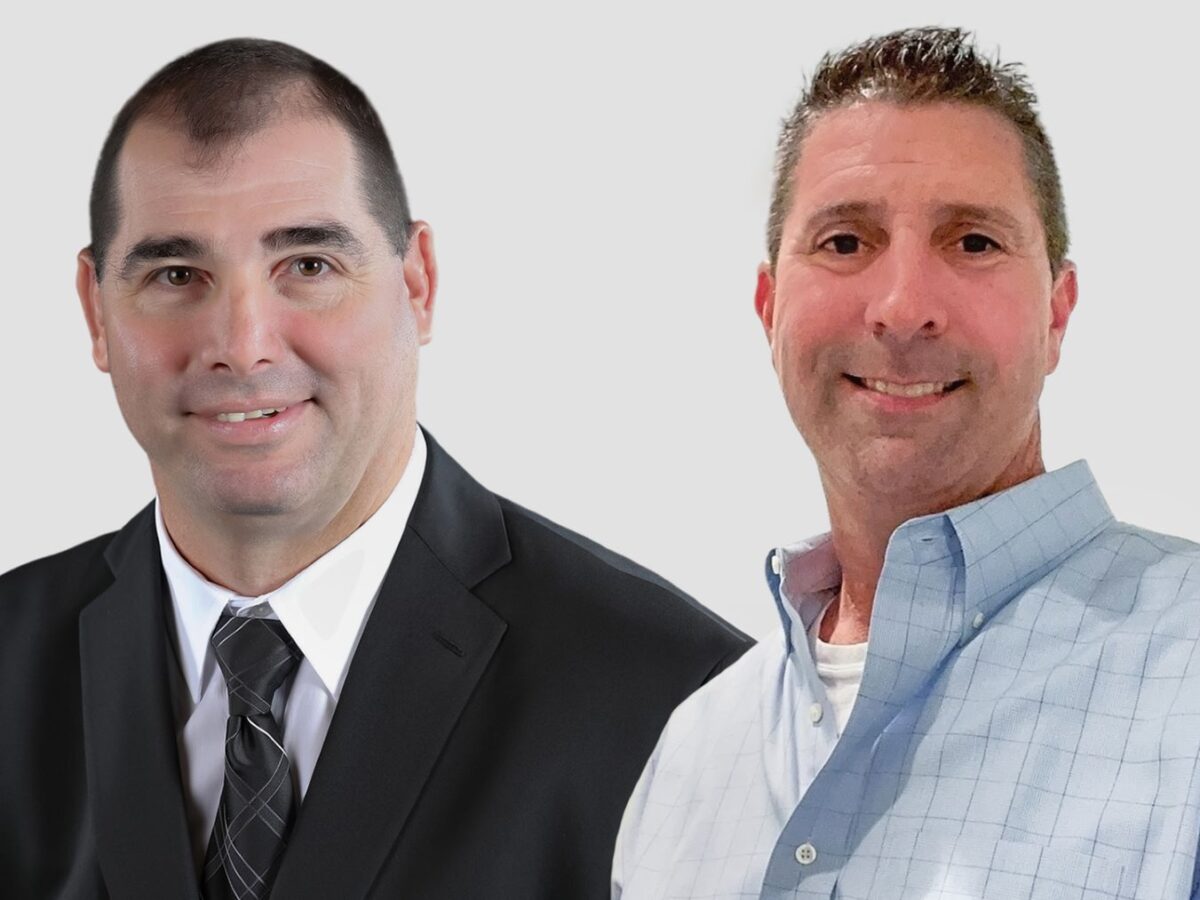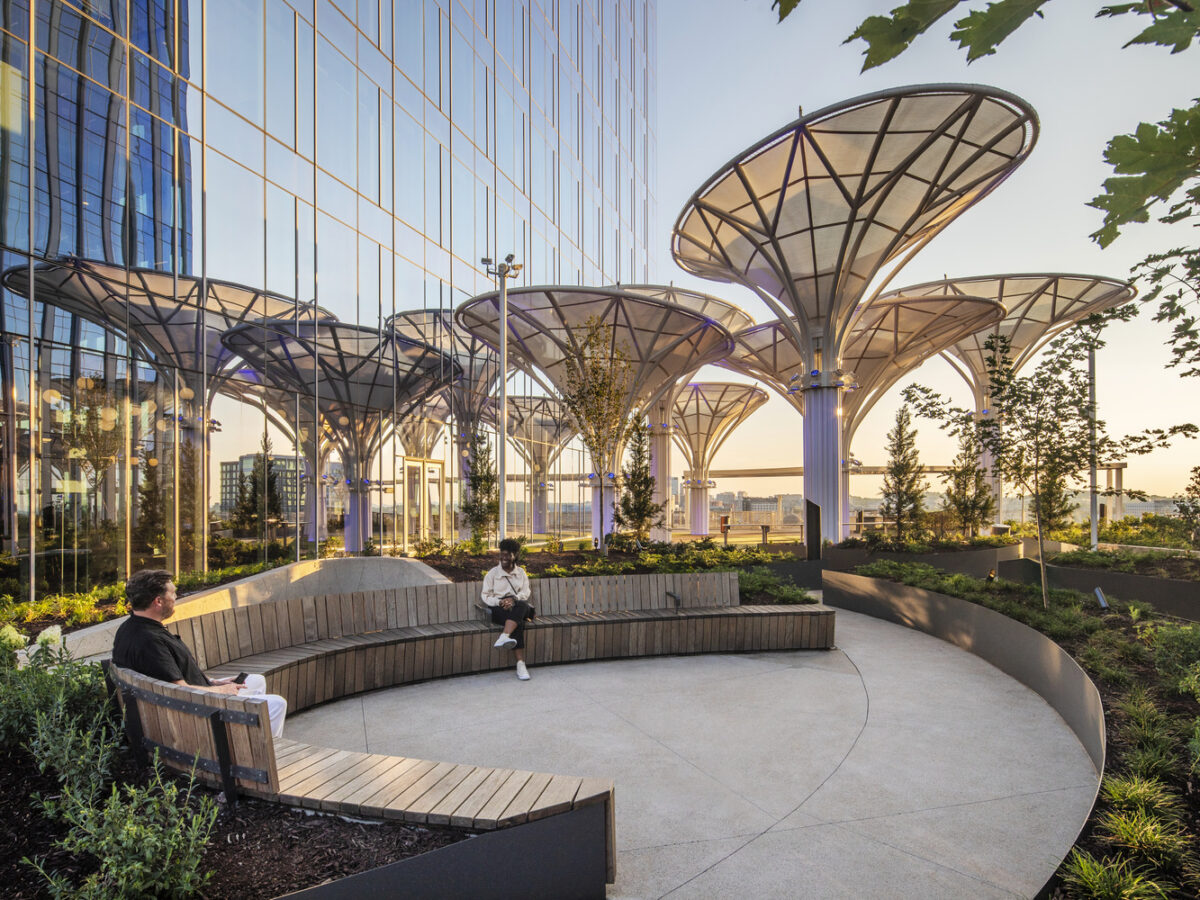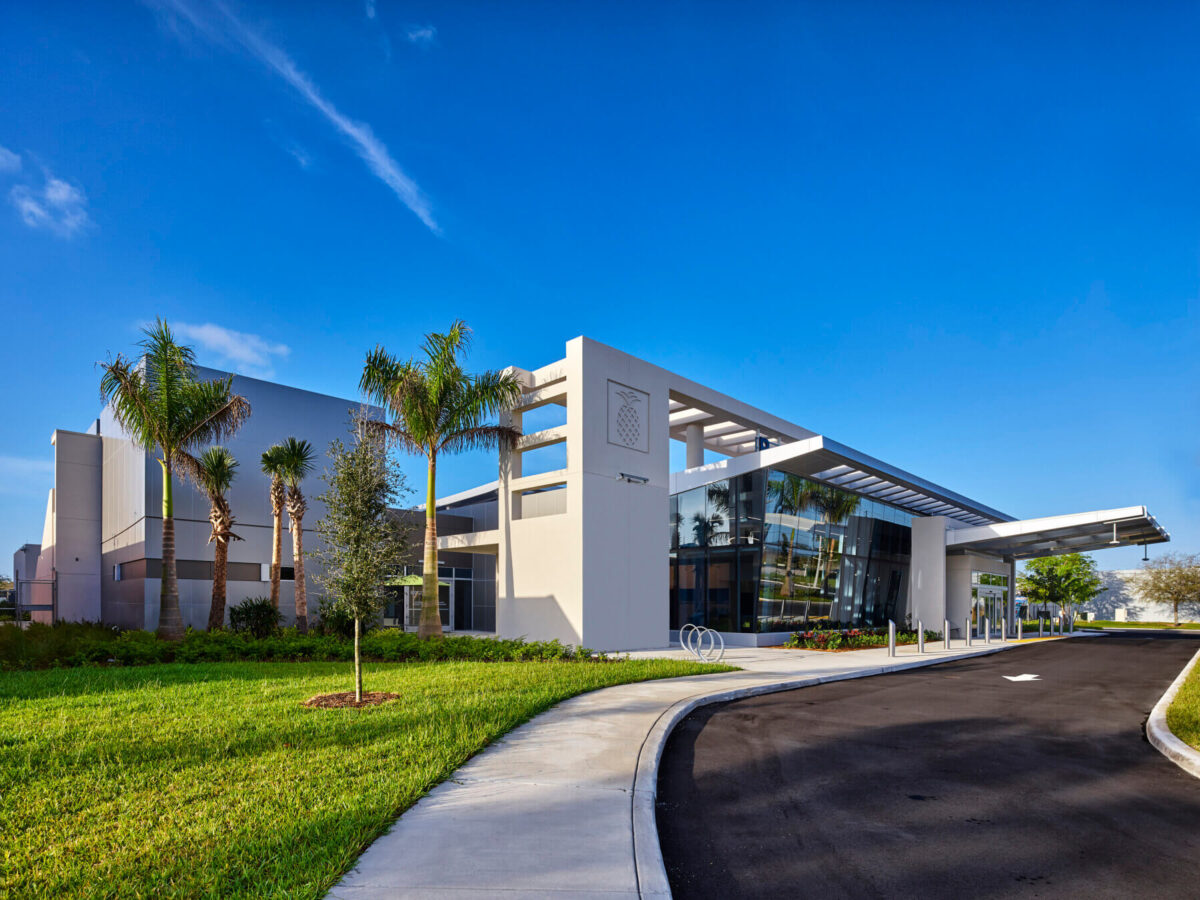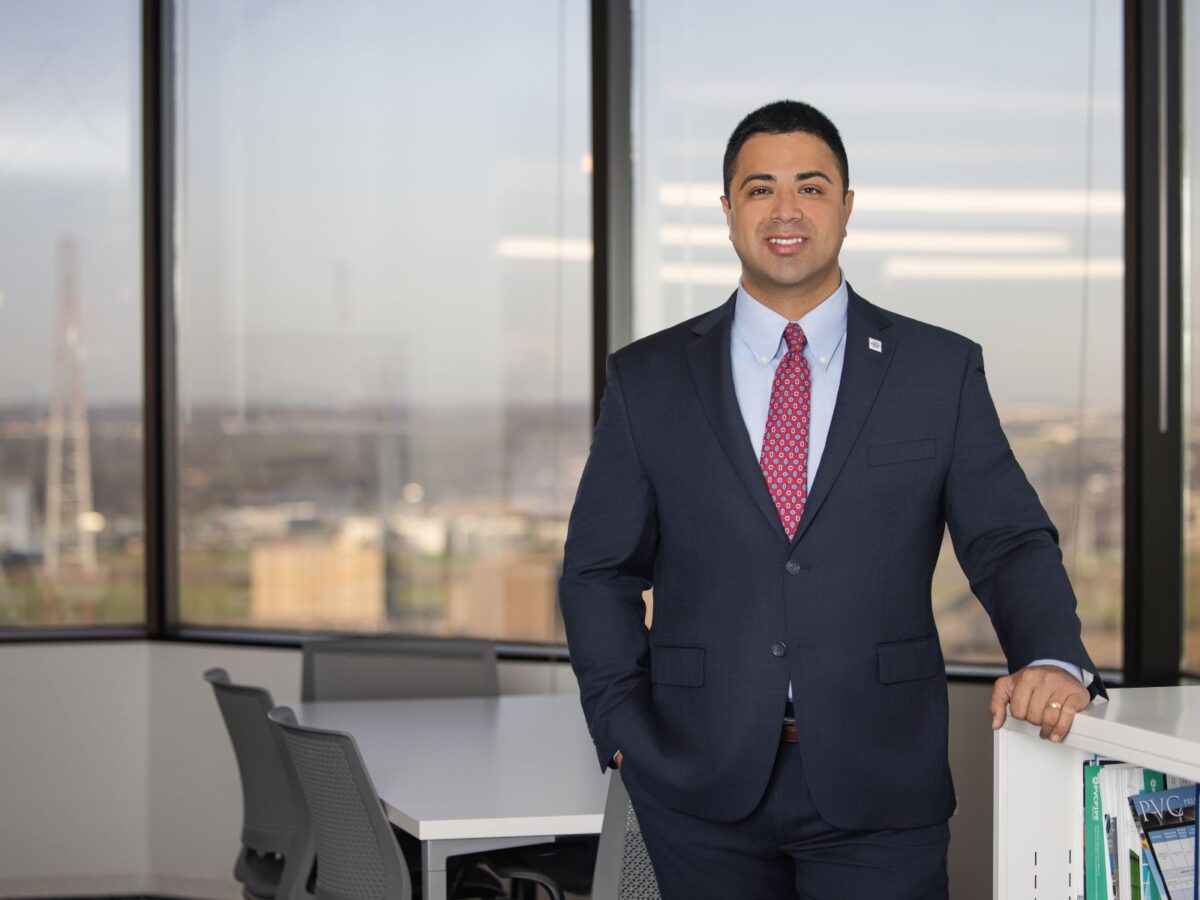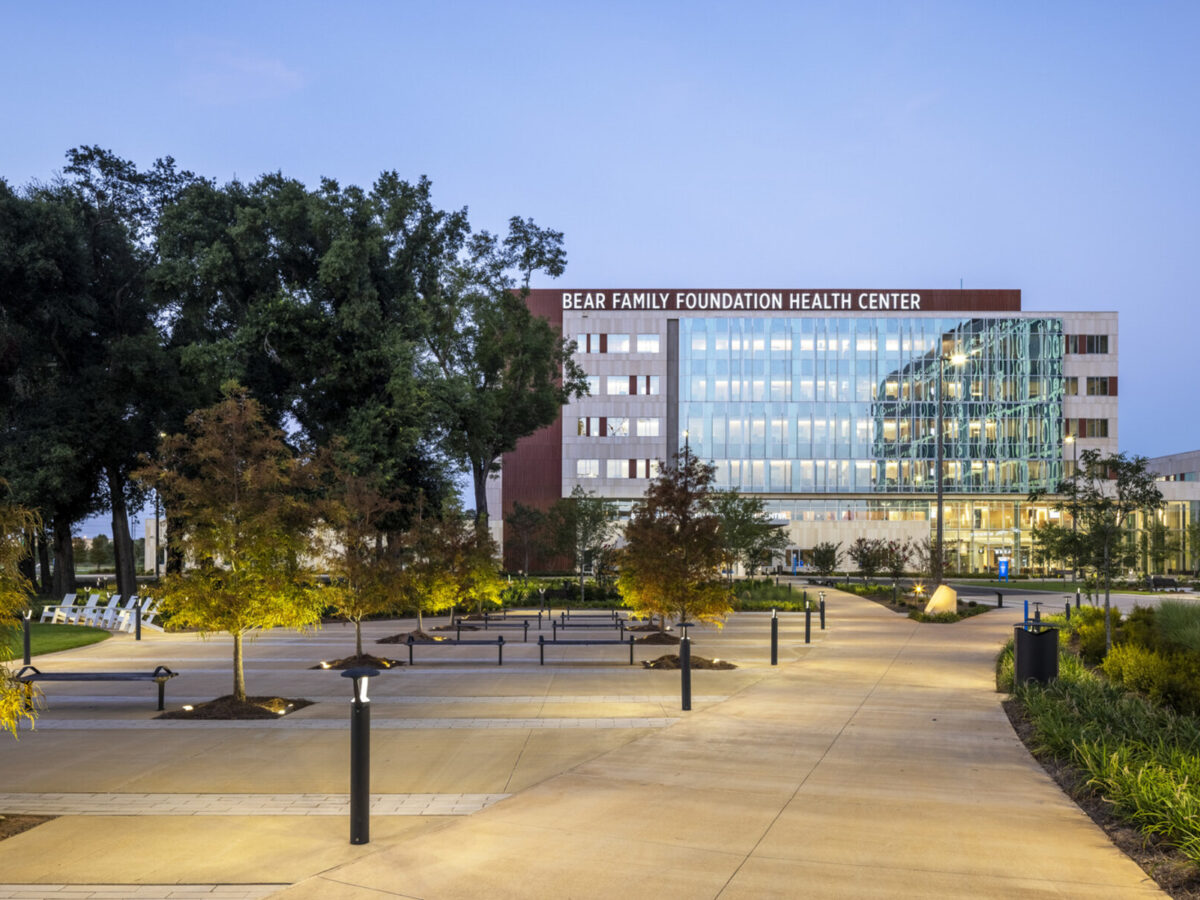Women’s rights have arguably progressed since the late 1960s when the Virginia Slims’ advertising slogan “You’ve Come a Long Way, Baby!” became part of America’s pop-culture vernacular.
The now-iconic catchphrase, which was used to market the Phillip Morris Company’s new brand of ultra-smooth cigarettes, was aimed exclusively toward women. Many feminists, however, took issue with the word “baby,” feeling it was more of a patronizing nickname instead of an empowering moniker, prompting their response:
“We haven’t come far enough—and don’t call me baby!”
Lately, I’ve been thinking about how far the LGBTQ+ community has come since the late 1960s and the Stonewall Riots in New York City, which served as a catalyst for the gay rights movement not only in the United States but around the world.
I dare say that we, too, have come a long way—sans the baby—since then. But like the retort from the feminist movement suggested, we haven’t come far enough, even for all our milestones, including marriage equality.
I was recently having a heart-to-heart with one of my Gresham Smith colleagues and was encouraged to share my thoughts on issues that affect LGBTQ+ architects in the workplace, as well as how far we’ve come in the A/E industry since my career began in the 1980s. “Just share with a broader audience what you shared with me,” she said.
I have to admit that, at first, I was a little hesitant to share my thoughts on a topic that has been so “sensitive” for the better part of my career. But heck—as there’s already a blog out there called “The Big Gay Architect,” I thought I’d give it a whirl. Here are some highlights from our conversation.

Colleague: At a 2019 AIA panel session titled The Silent Majority: LGBTQ+ Voices in Architecture, a number of design professionals who identify as queer shared their experience with attendees. The session organizer, Larry Paschall, AIA, who identifies as gay and cisgender, asked the group: “What if we were visible enough?” adding that more visibility for LGBTQ+ people in architecture would increase the likelihood they’d receive support at work, as well as in the profession at large. As an architect who identifies as gay, do you agree?
Patrick: Yes. As a minority, our strength is in numbers. So, we must identify and step out, otherwise, nothing will happen. I truly believe that the more we do so in the profession, the more acceptance we’ll receive.
I just read in USA Today that the latest Gallup poll on lesbian, gay, bisexual and transgender identification found that 5.6% of U.S. adults identify as LGBT, which is up from 4.5% in 2017.
What’s even more interesting is the willingness to come out appears to be generational, with 15.9% adult members of Generation Z (those aged between 18 to 23 in 2020) identifying as LGBT. That equates to one in six Gen Zers.
Both personally and professionally, that number resonates with me in terms of how younger architects, those of the Gen Z demographic, appear to be more comfortable identifying as LGBTQ+ in the workplace as opposed to baby boomers, which is my generation.
According to the Gallup poll, only 2% of boomers are willing to identify as LGBT—a big generational difference that can potentially be traced back to what each generation has grown up with.
A recent article from the Pew Research Center referred to Generation Z, who are more racially and ethnically diverse than previous generations, as “digital natives who have little or no memory of the world as it existed before smartphones.”
I learned a long time ago that if you didn’t experience something personally, then it’s ancient history.
I’d like to add that they perhaps have little or no memory of the unconscious bias toward someone’s sexual orientation or gender identity because they haven’t grown up with the same cultural influences as baby boomers or even Gen Xers.
I learned a long time ago that if you didn’t experience something personally, then it’s ancient history. And Gen Z has no memory or personal experience of a time when you could have potentially been fired just for identifying as any one of the letters that make up LGBTQ+. Simply put, fear of coming out is not in that generation’s DNA.
Colleague: As a baby boomer who has been in the industry for four decades, what is your experience of identifying as gay in the architectural profession?
Patrick: Although my experience has been very different from that of Gen Z, I have never denied being gay if somebody flat out asked me. I may have been cautious with my answer, but I would always tell the truth. If someone didn’t like it, I considered it their problem, not mine.
I think it’s so important to bring your whole self—or your full identity—to work because you’re not operating at the level you should be or could be if you don’t. When everybody else is saying “I’ve got to call my husband/wife” because the team has to work late on a deadline, you shouldn’t feel you have to say, “I need to make a phone call, too,” if you’re a woman and you need to call your wife, for example.
Having said that, over the years, there have been times when I didn’t feel comfortable bringing my whole self into a client presentation because I read the room and it didn’t feel like a “safe space” for me. In other words, I didn’t feel I could mention my husband, even in passing, for fear of hearing a collective gasp.
But it was, and still is, important to me that everyone in the room is comfortable, including me, because that is my personal process. It’s also the diplomat in me. To some extent, I guess I’m playing a role, which is true of anyone making a presentation. But I certainly won’t play a character that is not me.
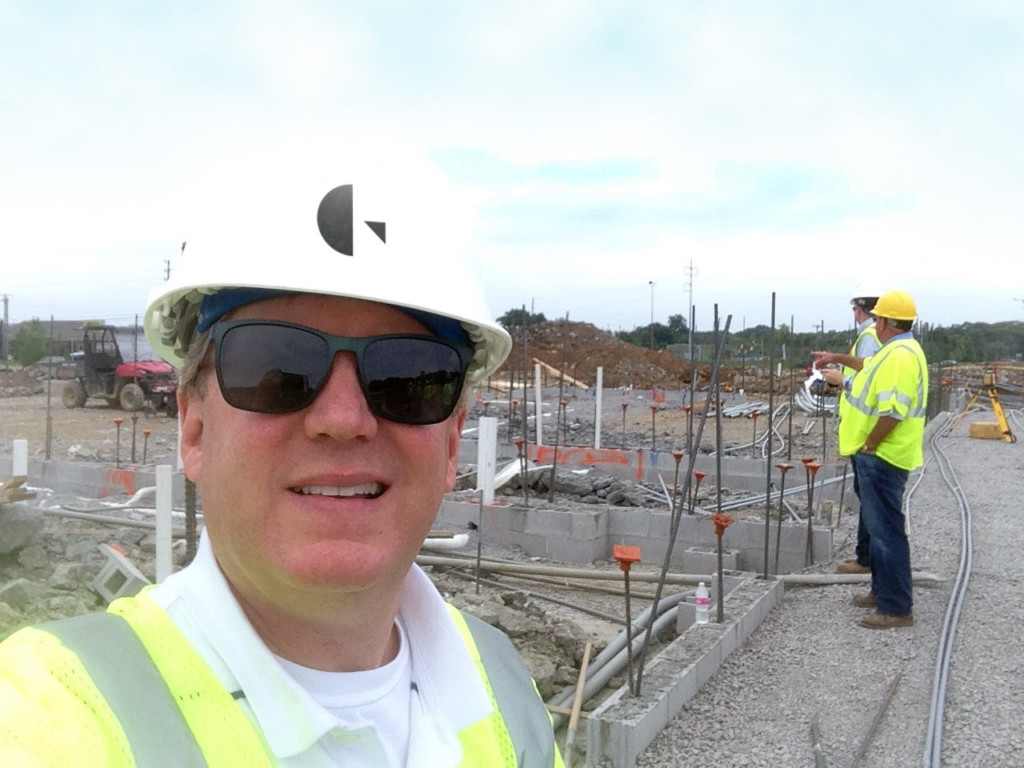
Colleague: What “role” do you play to make everyone feel comfortable if you sense you can’t bring your whole self to a client presentation or any other type of meeting?
Patrick: I essentially stick to business. I also look for common ground, which is something I learned from the late Ted Kennedy years ago. He was known for getting stuff done across the aisles in the Senate. He’d say, “There’s always common ground somewhere if you truly look for it. So, focus on what’s common and advance that.”
In my experience, it doesn’t just have to be the big things. It can be as simple as talking about catch-and-release fishing, projects you worked on over the weekend, or even getting your car out of an icy driveway that morning. Anywhere there might be common ground is a good place to start.
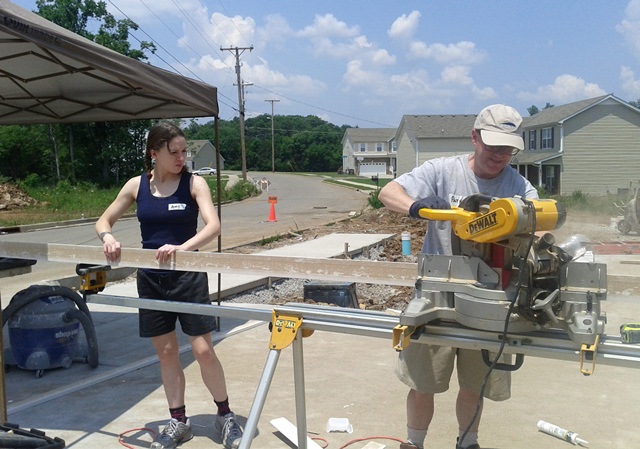
Colleague: What is one of the strangest questions you’ve been asked as an architect who identifies as gay?
Patrick: Is there such a thing as a “gay-friendly” building? And, of course, there isn’t. However, that question does lend itself to the subject of restroom design. One of the biggest differences we can make in terms of inclusivity is to incorporate gender-neutral restrooms into a building program. That’s how we accommodate everybody.
Unfortunately, that is easier said than done when the building code doesn’t require it. Therefore, most clients are not going to ask for a gender-neutral restroom because it’s more costly and can impact their bottom line. Which begs the question: What is the right thing to do? Design an inclusive restroom versus what is prescribed in the building code?
Colleague: How have the times changed since you first became an architect in terms of the LGBTQ+ community?
Patrick: Slowly, slowly since the 1980s. Still, I liken it to an exponential growth curve that goes along sort of flat, but then suddenly goes uphill really fast.
I think the inclusion of people who identify as LGBTQ+ in society, in general, is on an exponential growth curve. And with new Diversity, Equity & Inclusion initiatives across U.S. businesses, I think we’re at a turning point where the line will all of a sudden shoot up along the exponential growth curve to where it’s accepted. I think it has to be and it is going to be.
Colleague: What advice do you give members of the LGBTQ+ community who are currently seeking work in the A/E industry?
Patrick: Research the firm’s culture carefully before interviewing. Find out what their corporate policies and practices are as they relate to LGBTQ+ workplace equality, including non-discrimination, anti-harassment, same-sex benefits and equal-employment opportunities. What is the company’s overall relationship with LGBTQ+ businesses and the LGBTQ+ community?
Better to have the answers to those questions up front than to find yourself stuck in a job where you’re not free to be your authentic self. We have definitely come too far for that.
